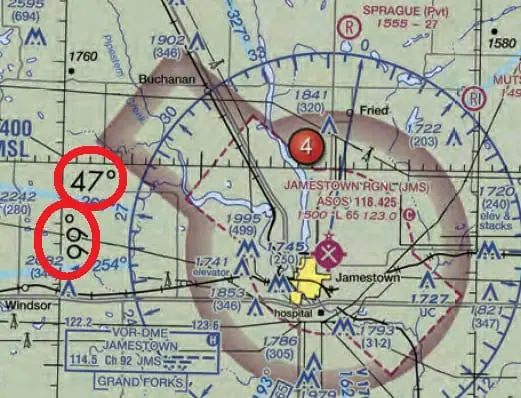If you’re interested in becoming a commercial drone pilot in the United States, you’ll need to obtain a Part 107 license from the Federal Aviation Administration (FAA). The Part 107 license is required for anyone who wants to fly a small unmanned aircraft system (sUAS) for commercial purposes, including aerial photography, surveying, and inspections.
Here’s what you need to do to get your Part 107 license:
Step 1: Meet the Eligibility Requirements
To be eligible for a Part 107 license, you must:
- Be at least 16 years old.
- Be able to read, speak, write, and understand English.
- Pass an aeronautical knowledge test at an FAA-approved testing center.
- Pass a TSA security background check.
Step 2: Study the Material
To pass the aeronautical knowledge test, you’ll need to study the FAA Part 107 Aeronautical Knowledge Test Guide. This guide covers the topics you’ll be tested on, including regulations, airspace, weather, loading and performance, and operations.
There are many study materials available, including online courses, books, and practice tests. It’s important to study thoroughly and make sure you understand the material before taking the test.
Step 3: Schedule and Take the Test
Once you feel confident in your knowledge, you can schedule your test at an FAA-approved testing center. The test consists of 60 multiple-choice questions and you’ll have two hours to complete it.
When you arrive at the testing center, you’ll need to provide two forms of identification and your test authorization. The test fee is $160.
If you pass the test, you’ll receive a temporary airman certificate, which is valid for 120 days. You can use this certificate to fly commercially while you wait for your permanent certificate to arrive.
Step 4: Obtain a Remote Pilot Certificate
To obtain your permanent remote pilot certificate, you’ll need to complete FAA Form 8710-13 and submit it through the FAA’s Integrated Airman Certification and Rating Application (IACRA) system. You’ll also need to pass a TSA security background check.
Once your application is processed, you’ll receive your permanent remote pilot certificate, which is valid for two years. You’ll need to renew your certificate every two years by passing a recurrent knowledge test.
Step 5: Follow FAA Regulations and Guidelines
As a Part 107 license holder, it’s important to follow all FAA regulations and guidelines for sUAS operation. This includes registering your drone, obtaining a waiver if necessary, and staying up-to-date on any changes to regulations.
In summary, to get your Part 107 license, you’ll need to meet the eligibility requirements, study the material, take and pass the aeronautical knowledge test, obtain a remote pilot certificate, and follow FAA regulations and guidelines. With dedication and thorough preparation, you can become a licensed commercial drone pilot and take advantage of the many exciting opportunities in this growing field.
